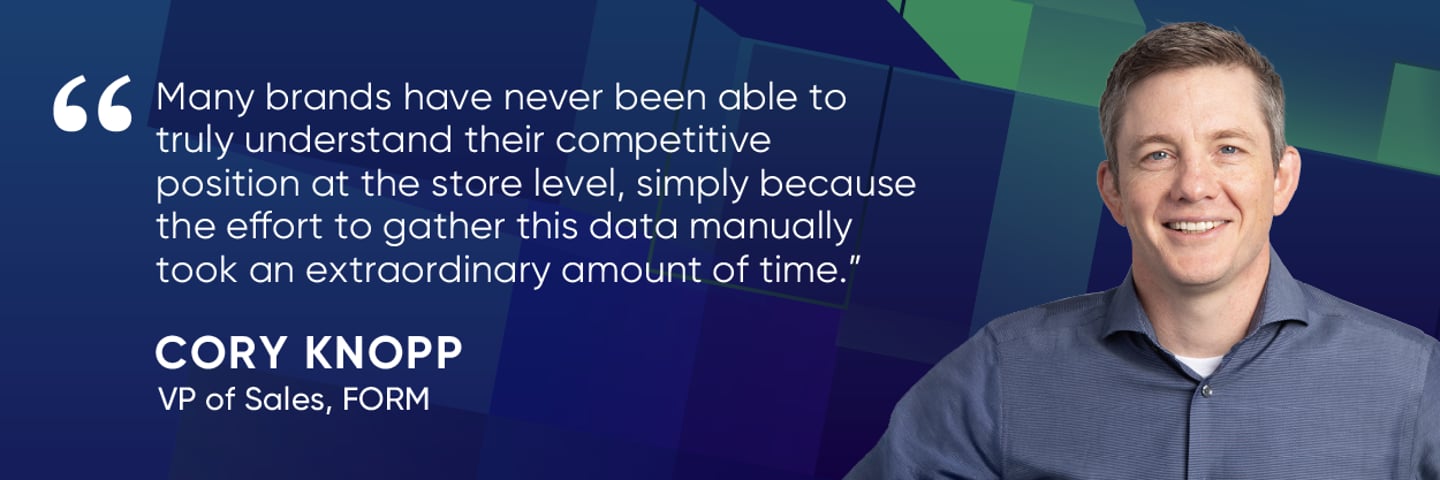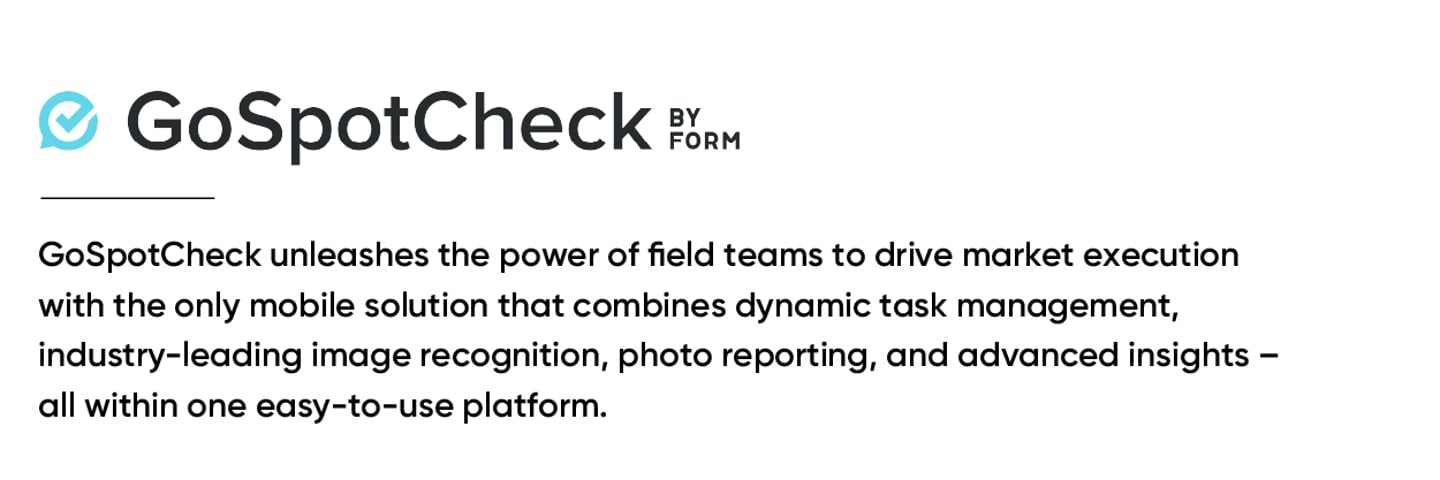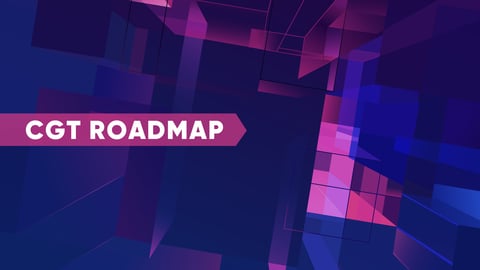How AI-Enabled Visual Intelligence Is Transforming Experiences at the Shelf
The pace of change in retail and consumer goods continues to accelerate, and CPG brands are under increasing pressure to deliver the right products to the right shelves at the right time. To stay agile and informed, many are turning to AI-enabled image recognition and visual intelligence technologies that offer real-time visibility into shelf conditions, product placement, pricing and planogram compliance.
Cory Knopp, VP of sales at FORM, shares how CPG brands can use mobile AI to capture SKU-level insights, streamline planogram management and respond to the quickly shifting market environment. He also explores agentic AI and augmented reality use cases in field execution, and why brands that standardize shelf data across partners and platforms will be best positioned for success as technology advances.
CGT: How are CPG brands leveraging image recognition and visual intelligence to gain competitive insights at the shelf level?
Cory Knopp: Many CPG brands are embracing mobile artificial intelligence technology that allows them to collect critical SKU-level data on every shelf, cooler and display, including competitive insights. From just a photo captured in-store, brands can instantly see how their products stack up against the competition in terms of share, assortment and pricing.
Many brands have never been able to truly understand their competitive position at the store level, simply because the effort to gather this data manually took an extraordinary amount of time. If it was collected, it often would take days, weeks or even months to be aggregated and analyzed, but now teams can view that data on their mobile device in real-time, while leaders can track trends with insights dashboards. This allows brands to be nimble and act on competitive trends across regions and categories while the data is relevant.
That speed-to-insight is invaluable right now, given the economic climate.
CGT: How is image recognition transforming the way retailers and CPGs track planogram compliance and on-shelf availability? What are some of the key challenges and innovations in ensuring in-stock accuracy across diverse retail environments?
Knopp: Image recognition is a powerful tool for measuring an objective standard like planogram compliance. Brands can now simply upload planograms, assign them to a location and deploy tasks to in-store teams that capture photos of shelves, coolers or displays. Those photos are automatically compared to the associated planogram and scored against it within seconds, so teams can fix any out-of-compliance issues immediately.
One challenge teams see is generating new planograms with seasonal shifts and promos — that’s also solved with image recognition AI. There are tools available that can automatically generate a planogram file from a photo, so teams don’t have to spend hours building, uploading and managing a planogram across dispersed software systems.
CGT: To what extent do CPG suppliers gather visual shelf data themselves versus relying on retail or third-party partners? What strategies or technologies are enabling them to create a more complete, real-time view of shelf performance across their retail network?
Knopp: Many CPG suppliers are leveraging in-house field teams to capture image recognition data. The time it takes teams to capture image recognition data is minimal; they simply take a picture while at the store. This approach gives the supplier full control of the data that is captured.
CPG suppliers without large field teams can capture the same data in a variety of ways:
- Gemba: To augment field teams, suppliers like Suntory use “Gemba,” a Japanese-based lean management approach, to capture data.
- On-Demand Labor: Some suppliers work to capture data through an on-demand workforce. This is especially useful during critical campaigns and holidays.
- Broker/Merchandiser Collaboration: Some suppliers work through broker partners to capture image recognition data.
Regardless of the approach, standardizing the data collection process and creating a single source of truth is critical, and brands that can integrate those data sources — consumer data, sales and depletion data, retail execution data — will have the most accurate understanding of their overall performance.
CGT: With rapid advancements in AI-driven image recognition, what future capabilities do you see becoming critical for CPG leaders over the next 3-5 years?
Knopp: Two of the most exciting advancements in image recognition have been agentic AI and augmented reality — both of them hold a ton of promise for the industry in the coming years, primarily because of their potential to give teams the ability to do more with less.
We recently rolled out our AI Agent in partnership with Agentforce by Salesforce, which allows teams to work with a generative AI while in-store, so they can ask questions or get guidance on what to do next based on data they’ve collected. We’ve also introduced an augmented reality tool, which has all the capabilities of our existing image recognition solution without any processing time. Higher speed, higher accuracy and greater ease-of-use — that’s exactly what you want AI to do, and we’re going to see some extraordinary innovations in the coming years.






